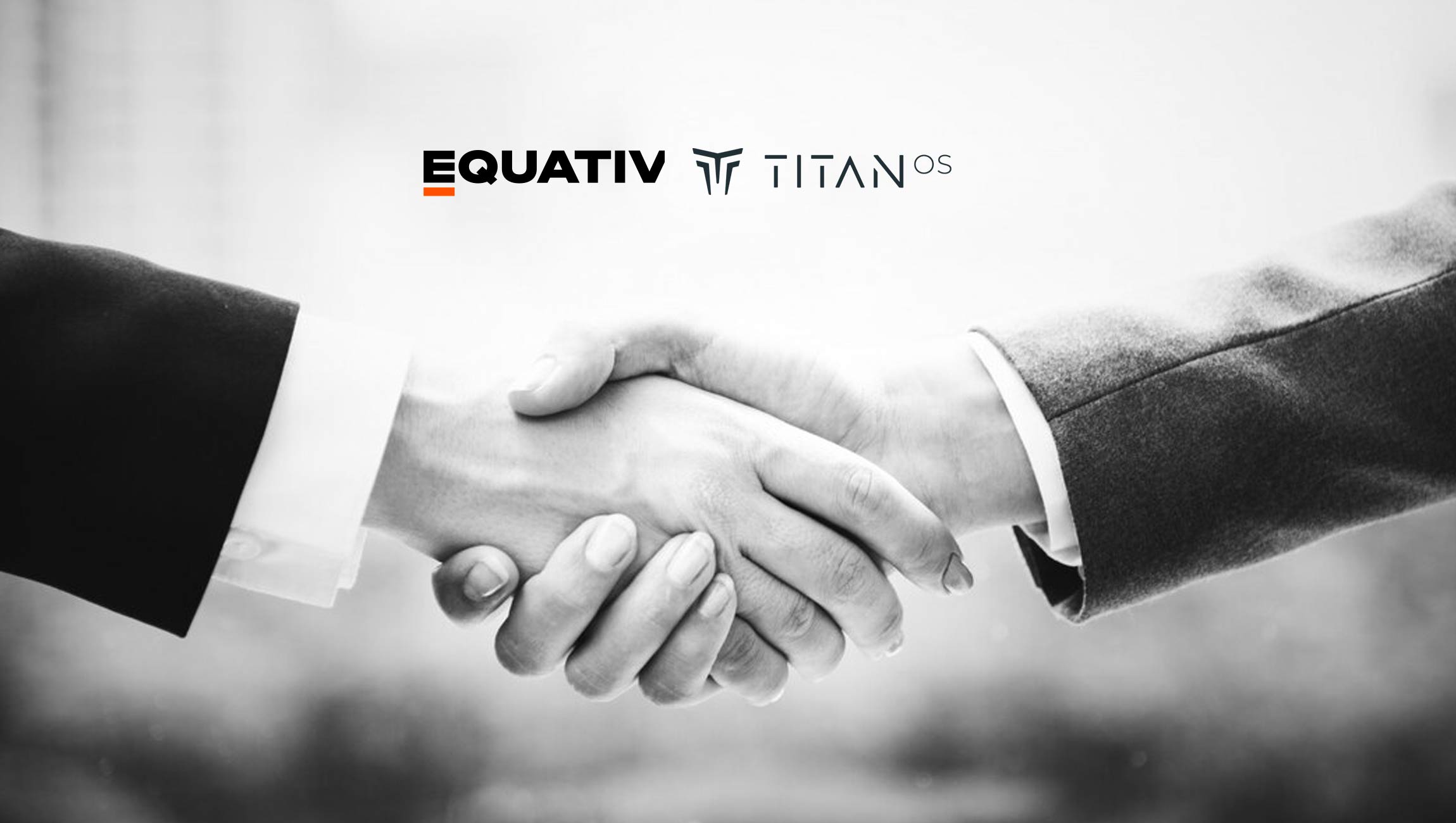What was the first robot movie you saw? My first was The Iron Giant, and though that robot wasn’t trying to take over the world, everybody thought it was. In today’s world, AI is the 21st century robot, suffering much like the misunderstood Iron Giant.
In a latest piece of research, “GenAI for marketing: Fear or FOMO” Kantar interviewed business leaders around the world and identified the key challenges and opportunities for unleashing the potential of GenAI in marketing. The biggest marketing event of the year, Super Bowl LIX, didn’t necessarily bring us the speculated “AI Bowl,” but the AI content we did see provides a great lens through which to look at some of these challenges and opportunities.
Early-Stage Tech Could Create Risks
The industry has been subject to pushback regarding GenAI involvement in creative development and macro movements like the SAG-AFTRA strike that brought safety and responsibility concerns to the consumer-facing forefront. It’s no wonder there is trepidation towards using it.
A huge part of why there is hesitancy around GenAI comes down to organizational readiness: most participants in our research indicate they are not fully prepared for AI, rating their readiness at a 4.9 out of 10. External partners like agencies and data providers are perceived to be slightly more advanced at 5.3/10, but lack of readiness is seen as a barrier to the widespread adoption of GenAI in marketing, which is partially why they rate the current impact of the technology on the industry at a middling 5.3/10.
There is a valid concern about the potential for errors, given the numerous variables to consider and the necessity for accurate and reliable data sources for effective AI utilization. To achieve this, leaders must identify new methodologies for training, managing, and cleaning these sources. Additionally, the technology must address privacy concerns and data confidentiality, innovate to mitigate these issues, ensure the ethical use of data, and prevent outputs from contributing to misinformation.
Marketing Technology News: MarTech Interview with Sarah Speigle, Director of Product @ InMoment
Concerns Around Job Security and Upskilling
Contrary to popular belief, GenAI will not render traditional marketing skills obsolete. Instead, the adoption of GenAI has revealed to companies the need to preserve and enhance traditional marketing skills to foster critical evaluation of AI-generated content and maintain expertise. Companies that focus on bringing GenAI along the traditional marketing journey versus allowing GenAI to lead the journey will mitigate this risk of becoming overly reliant on AI.
ChatGPT had Google Gemini had great takes on this during Super Bowl LIX. One positioned AI as the next stage in our technological evolution while the other showed how AI can help the everyday consumer and small business work smarter. These lenses during the most-viewed event in the world help humanize AI to the masses, hopefully showing that it’s nothing to be afraid of when used responsibly.
Better and Faster Brand Executions
The adoption of Gen AI tools can reduce the product development cycle to as little as six weeks and create creative concepts 60% faster. Gen AI has begun to transform various stages of the creative process, most notably in creative testing and executional activities.
Kiss from a Lime by Mountain Dew in Super Bowl LIX is a great example of leveraging GenAI in the executional phase and having fun with it. Potentially due to fear of industry backlash, the use of Generative AI in the creation of this ad has not been widely publicized, but it’s an example of purposeful use of the tool and something to be celebrated as broad-scale experimentation with GenAI takes place across the industry.
By better leveraging GenAI, marketers can improve media planning efforts by creating personalized, data-driven creative content at scale, optimizing customer engagement, launching consumer-centric messaging quicker, and making strategic decisions based on evidence. All these opportunities can improve interactions between brands and consumers by filling knowledge gaps earlier.
Find New Space with Innovation
“Hey Meta, Who Eats Art?” from Super Bowl LIX shows off a (robot-adjacent) Tony Stark-esque innovation and is an excellent example of how brands can find new space with GenAI. By marrying a classic with next-in-class technology, this partnership has allowed Ray-Ban to frog leap competitors in creating the next big thing while retaining elements core to the Ray-Ban iconography and identity that make it recognizable.
As AI matures, leaders will be able to leverage this tool as an ideation partner, allowing teams to generate many more ideas and product innovations from new flavors to interesting evolutions. One of the main ways GenAI speeds up the front-end process is by analyzing and synthesizing trends from market, consumer, and competitive data. This way, white space is more easily identified, and creating differentiated ideas becomes less of a guess. On the back end, GenAI can be used to facilitate launch by providing consumers with a more personalized experience and marketers with real-time updates that can help optimize a new product’s rollout. On both ends, the efficiency gains are clear, giving marketers more power to make better decisions.
With any new tool, there is an experimentation phase, and people do not need to fear artificial intelligence (AI) or an impending robot takeover – they need to play and have fun with this new skill. The best outcomes from these phases result from constructive critique and collaboration, rather than discouragement.
In this current phase, forward-thinking companies should provide their employees with tools and training to manage information, focusing on fundamental skills and investing in technology across the business. By learning new ways of working, human workers will have more at their disposal to create impactful work including information for strategizing and planning. Adaptability will be crucial in this environment.
Marketing Technology News: Beyond the Matrix: Elevating Email KPIs to a New Reality











